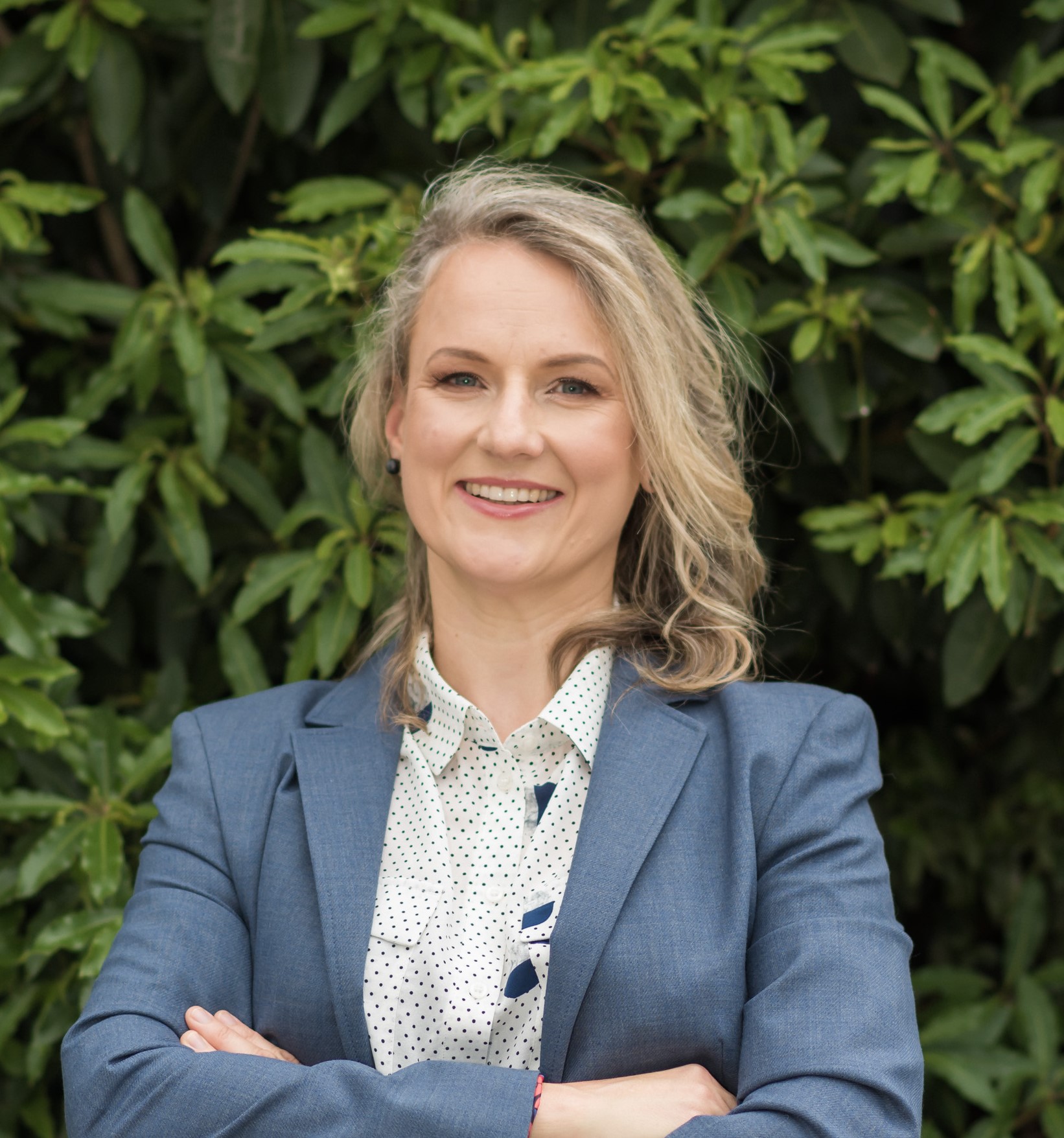Is social media marketing at breaking point?
Jul 23, 2021
Social media is an undeniable force in our lives, shaping how we connect with others and adding fun to the mundane.
It’s also clear that its continued presence in our lives impacts mental health, relationships and productivity.
For entrepreneurs and marketers using social media to grow their business, the effect is compounded.
The exhaustion of showing up, and navigating the maze of daily decisions, takes its toll.
As a result, many are seriously questioning the role it plays in their lives and business.
Lately I’ve noticed a very clear trend gaining momentum fast.
Many business-decision-makers are becoming more selective with their time, and in some cases, choosing to completely disengage from social media altogether.
I was speaking to a good friend this week who’s been teaching social media marketing for over 10 years. She ran an event recently, at which 40% of the attendees said they were considering switching off social media altogether – both personally and for their business.
She’s also transitioning to removing herself from social media completely.
There are a lot of good reasons why people are getting disenchanted with social media marketing and choosing to opt-out completely.
It’s just so darn hard for the average person to keep up and be everywhere in the way the platforms are expecting, in order to get the promised distribution and free reach.
A very well-known Instagram influencer I know, who has built their entire business off the back of Instagram spoke this week about how the latest round of changes to Instagram have made it virtually impossible even for them to keep up.
(If they are saying this, what hope is there for everyone who doesn’t have the time to slave over a bunch of different Insta post formats each day - think feed, stories, reels, IGTV!)
And this is not about one single platform either.
No matter which platform your pleasure or poison is, the principle is the same.
That said, there are still marketers spruiking each major platform as the silver bullet for their business success.
I’m not here to dispute their personal experience.
But I can tell you that the tactics they used over the last 3 years are not the ones that are going to work in the next three years.
For people starting out now, it’s a completely different ballgame.
Blindly following the tactics flouted as the silver bullets that grew other businesses years ago, are not going to work in the post-pandemic era.
Yes, you may get a spike in followers, opt-ins, even sales - especially if you follow the rapidly growing trend of enticing people to “slide into your DMs”.
But by and large if you’re relying solely on the trends that worked over the last three years it's going to leave you exhausted.
And worse than that, being dependent on a single platform for your business growth, is a huge risk.
It’s like trying to build a business model on shifting sand.
Sand that’s shifting in so many ways right now.
🙄 Fickle audience attention
😰 Mental overload
😪 Emotional burnout
😵 Changing algorithms
🥵 Keeping up with trends that evolve at the speed of light.
But at the same time embarking on a social media diversification strategy comes with a whole of effort that's largely unsustainable, as people struggle to do one platform well, let alone multiple.
What this has meant for marketers:
- Too many different types of content are being expected to create continually to keep up.
- Audiences are tuning out of marketing messages generally.
- More and more people are opt-ing out of social media and all the baggage it brings.
- People way less responsive and engaged to email marketing overall due to the volume in their inbox.
- People are auto-skeptical of pretty much everyone these days, and will often check them out on a few platforms to see if they’re the real-deal.
So following the platform strategies they used over the last five years is not going to work for the next five.
Nor is it going to teach you to be platform-independent, and brand and strategy minded, as you market your own business.
The smart marketers who have gone all-in on a channel for the last few years and built a strong audience, will forge a new path.
Many of them have a brand, an email list, a healthy dose of resilience and a lot of experience in adapting their business model as quickly as the algorithm updates.
But for those in the early stages now, growing a highly engaged audience now is quite a different story, and requires a different approach.
One that requires a different approach, one that looks for long-term leverage and ROE (return on energy) just as much as ROI (return on investment).
So what’s a person, brand or business to do?
The answer is pretty simple to articulate, less simple to implement (keeping it real), especially if you’re not a marketer, but it can be done, when you have the right guidance from a seasoned professional.
Here are a few sound guidelines:
- Base your planning & activity tried and true marketing principles (or engage someone with a long-lasting track record (beyond the last five years) who can help you understand and implement them). The foundations being BRAND and STRATEGY, and “The 4Ps” (Google it).
(I know this point is not sexy, or quick fix – but it needs to be said - sorry, not sorry!) - When it comes to distribution Focus on platforms and channels where leveraged, organic, evergreen content does the heavy lifting in attracting attention.
- Focus on developing a high-quality line-up of content whereby you can use time working FOR you (as an asset) rather than AGAINST you.
- Develop an omnipresence strategy (means, a strategy for you to be “everywhere”) that requires minimal upkeep while keeping your brand front and centre on all the major platforms – because trust me, if someone is thinking of working with you, they will check you out on multiple platforms just to see if things “add up”.
(And an ominipresence strategy, by its very definition, requires a robust and considered branding strategy, not an ad hoc spaghetti at the wall approach. That won’t work.) - Use social media in a way that it’s intended to be – social. Rather relying on it as your primary publishing, distribution & communications channel.
Sounds like a lot. And quite frankly it is.
Good marketing that goes the distance is a different conversation from a “shiny new toy tactic” promising microwave-speed success.
You can bury your head in the sand and pretend that this isn’t the reality. Or you can face it.
So what would be some good first steps in the right direction?
Here are some simple ways that you can start to incorporate these points into your marketing planning now.
- Be where you need to be, but in a way that’s low-maintenance, potent, and relevant
- Be able to be found, by being discoverable when people are actively looking for something, not by relying on been seen by unsuspecting scrollers.
- Create and publish your main piece of content in a place that will set you up for organic and long-term discoverability.
- Diversify your distribution channels – don’t put all your eggs in one basket.
Instead consider an omnipresence strategy where the brand is everywhere but the “main platform of distribution” is more fluid. - Make sure your visuals are compelling and on-brand so every time people see you, even if they’re scrolling past it still registers in their mind as having seen your content.
If you’d like to go deeper on how you can approach your marketing over the next year with these things in mind, I've got some good news for you.
I can show you how to use how to leverage your effort and content in a way that delivers ROI and ROE (return on energy) to your business
In a way that works for real-humans, who value their efficiency as much as their sanity.
For a deeper dive on how to set yourself up for lasting success, with the right foundations, head over my free on-demand masterclass The 3 Secrets to Content that Builds Your Authority and Gets You Paid.
I walk you through everything I explained in this article and also show you a plan for how you can implement this in your business in a few months.
Whether you get help or go it alone, the principles implementing in this article will save your sanity.
Because people who go off social media are still your potential customers.
They're not going offline.
They'll still be looking for solutions to their problems.
They'll just be looking in different places and evaluating their options differently.
So now's the time to get ready for 2022 and beyond.
ABOUT THE AUTHOR
Nina Christian is a Marketing & Brand Strategist who helps business leaders and social-change-makers use thought leadership content to build their authority and widen their impact.
She is the Director of Braveda, (est 2000), which was recognised as "Best Marketing Agency" at the Australian Marketing Excellence Awards.
She is a Certified Practicing Marketer (CPM), a Fellow of the Australian Marketing Institute & AMI State Chair (Vic) and runs two businesses of her own.
She has a knack for simplifying the complex which comes from being a hands-on mum to five young children, and uses this to turn time-sucking activities into easy to follow systems and processes that get outcomes fast.








